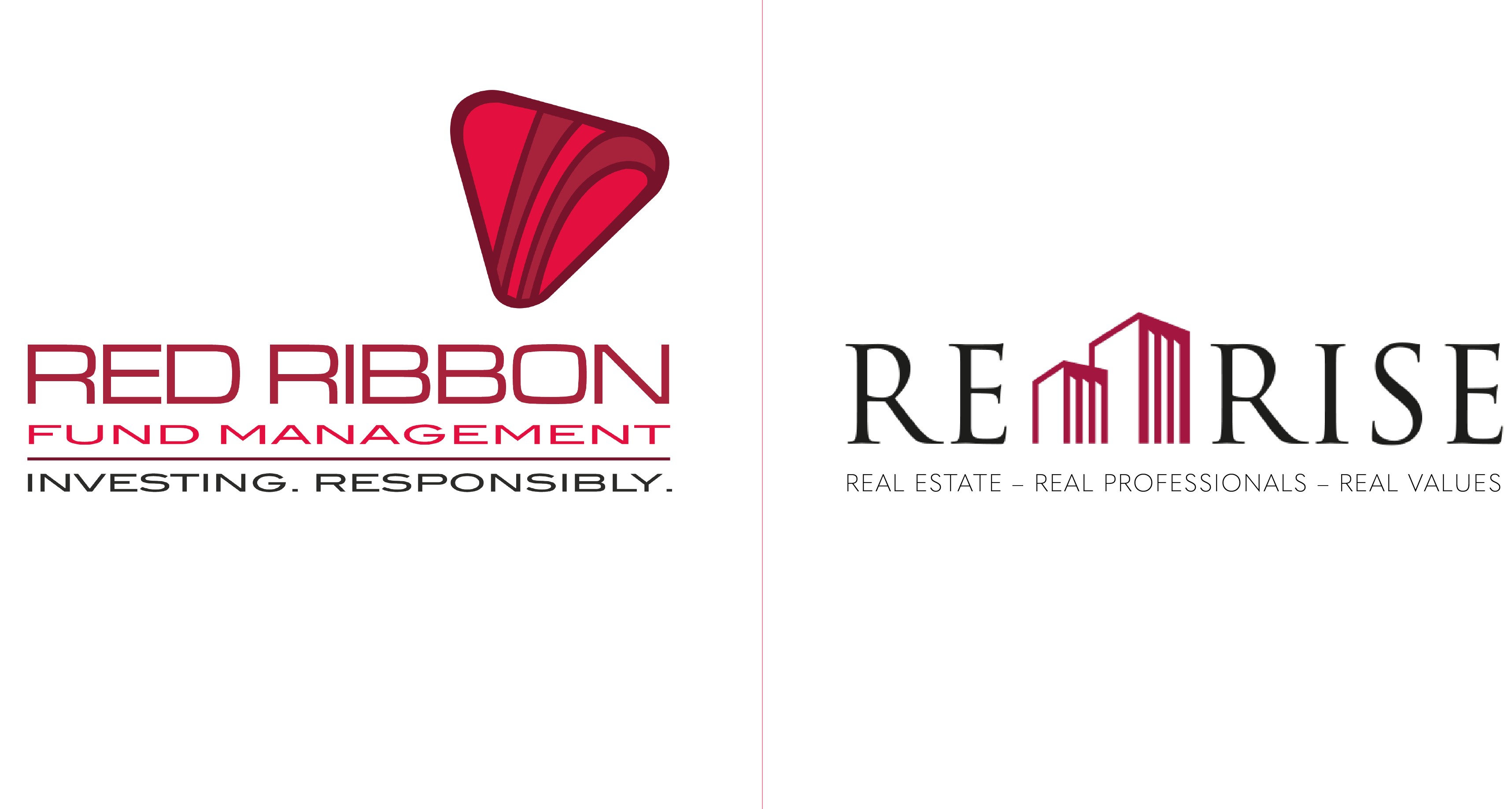To put it mildly, these are not normal times: only one country (China) recorded positive growth during the COVID pandemic last year; the UK suffered its worst contraction in GDP for more than three hundred years, and, bewilderingly, equity markets from New York to Tokyo have been going through the roof. Suddenly the new normal isn’t so normal anymore: with global economies shrinking across the world by 4.3% (two and a half times more than after 2009’s financial crisis), and capital markets apparently uncoupling from the realities of an unprecedented slump in manufacturing output, shrewd investors need to know what to look out for as all these tectonic changes come together…and when it comes to understanding that new normal, interest rate policies are a key indicator.
Short Term Policies are Short Term
Short term responses to post COVID lockdowns have so far been primarily centered on fiscal stimulus programmes: including the nosebleed inducing $1.9 Trillion American Rescue Plan introduced by the Biden Administration in the United States last month: with one off payments for most Americans of $1,400, all patriotic citizens will be expected to go out and spend as quickly as possible. Because we’re all Keynesians now: it's a key feature of the new normal, and balancing the books suddenly looks as outdated as riding a horse to work, and as unrealistic as expecting Elon Musk to close his Twitter account. But near and long-term economic policymaking can’t stay this shortsighted for much longer…sustainable growth post COVID will have to be driven by investment.
That’s why interest rates are so important. They’re the principal driver for our new normal as the future gradually unfolds before us…and investors with an eye to the future can’t afford to ignore them.
Supply Chain Disruptions
Take India for example: in response to relatively strong inflationary pressures caused by (short term) supply chain disruptions, the Reserve Bank left rates on the subcontinent unchanged after its policy meeting on 5 February: the all important repo rate (the rate at which banks lend to each other) was left unchanged at 4%, and all members of the committee signalled their intention to maintain the current accommodative stance until the beginning of next year (at the earliest) to support further economic expansion.
All of which demonstrates a keen understanding of the importance of investment led decision making, which is still at the heart of what is the fastest growing large economy on the planet. And unlike the United Kingdom, where the Bank of England is currently maintaining a base rate of just 0.1%, India’s Central Bank also has the luxury of leaning into existing infrastructure and public spending programmes, which were already being rolled out on an unprecedented level before COVID came along: investors on the subcontinent are unlikely to be scared off by higher than average median rates. There is, after all, no inflation in a junkyard…
IMF Forecasts
All of which makes it utterly unsurprising to hear from IMF Chief Economist Gita Gopinath last week that India is showing strong signs of “normalising” its economy: officially projected to grow by 12.5% over the course of 2021 (www.imf.org/en/Home), stronger even than China, most analysts now believe the subcontinent offers the best investment opportunities of any Asian (or indeed worldwide) market. That’s obviously not a fact that’s escaped the attention of India’s Reserve Bank.
Get ready for the new normal …
Mainstream Impact Investment is the leading model for future investment strategies across the globe: recognising, as it does, that robust and compliant businesses are better placed for long-term success. And that’s the model Red Ribbon Asset Management (www.redribbon.co) has adopted for more than a decade: securing higher than average rate investor returns, and looking after the planet in the process.
EXECUTIVE OVERVIEW
In these turbulent times it’s more important than ever to look out for the key anchor points of future trends, and interest rate policies are front and centre.
Invest in Red Ribbon Asset Management
Red Ribbon is committed to identifying and building on investment opportunities that are fully in compliance with its core Planet, People, Profit policy: not only offering above market rate returns for investors but also protecting our Natural Capital.
If you would like to know more about joining our Mainstream Impact Investment journey click here.





